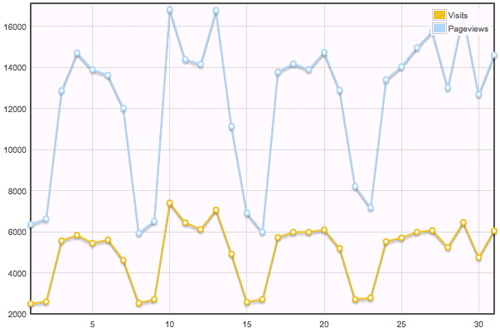CSS Vendor Prefixes
What are the Vendor Prefixes?
Vendor prefixes are small strings prepended to CSS properties that will ensure that the property will only be valid and rendered within the given browser engine. Chrome and Safari both use the WebKit rendering engine, Firefox uses Gecko, Internet Explorer uses Trident, and Opera uses Presto. Browser vendors generally don't implement other vendor prefixes but due to the popularity of the WebKit-based mobile browser, vendors like Opera and Firefox have also implemented WebKit's vendor prefixes on their mobile offerings.
Vendors use the following prefixes:
- WebKit: -webkit
- Firefox: -moz
- Opera: -o
- Internet Explorer: -ms
Why Vendor Prefixes?
There are a few reasons browser vendors use prefixes:
- To implement proprietary CSS properties that have no working standard and may never become standard
- To provide early implementations of standard properties
- To provide an alternate syntax than the standard
Other reasons may apply but these are the main reasons.
Which Properties Use, or Have Used, Vendor Prefixes?
Prominent vendor-prefixed properties include:
- @keyframes
- transition and transform properties (transition-property, transition-duration, transition-timing-function, transition-delay)
- animation properties (animation-name, animation-duration, animation-timing-function, animation-delay)
- border-radius
- box-shadow
- backface-visibility
- column properties
- flex properties
- perspective properties
There have been and will be many more prefixed CSS properties!
How are Vendor Prefixes Used?
When using browser-prefixed properties, it's best to place the browser-prefixed properties first, then the standard property name and value. For example:
/* use of keyframes */
@-webkit-keyframes fadeIn {
0% { opacity: 0; } 100% { opacity: 0; }
}
@-moz-keyframes fadeIn {
0% { opacity: 0; } 100% { opacity: 0; }
}
@keyframes fadeIn {
0% { opacity: 0; } 100% { opacity: 0; }
}
/* use of basic properties */
.myClass {
-webkit-animation-name: fadeIn;
-moz-animation-name: fadeIn;
animation-name: fadeIn;
}
If the standard is known, that rule is used; if unknown the rule is tossed out and the vendor-prefixed property is used!





oh i hate those things
can’t just every browser unite under one vendor prefix
shoot !
Check http://leaverou.github.io/prefixfree/
It won’t be long until we can say goodbye to vendor prefixes, as browsers adopt beta, dev, and production channels in their stead. Hooray!
Hi David!
I used the flip card code on a project and I love it.
There is a pronounced stutter in Firefox, chrome, Safari and ie even after I used the ie adapted code. Do you know why this could be happening? I cleared the cache and went through with a fine tooth comb.
My other option would be to use a flip on click animation, but yours is easier in the long run. Thank you for your help.